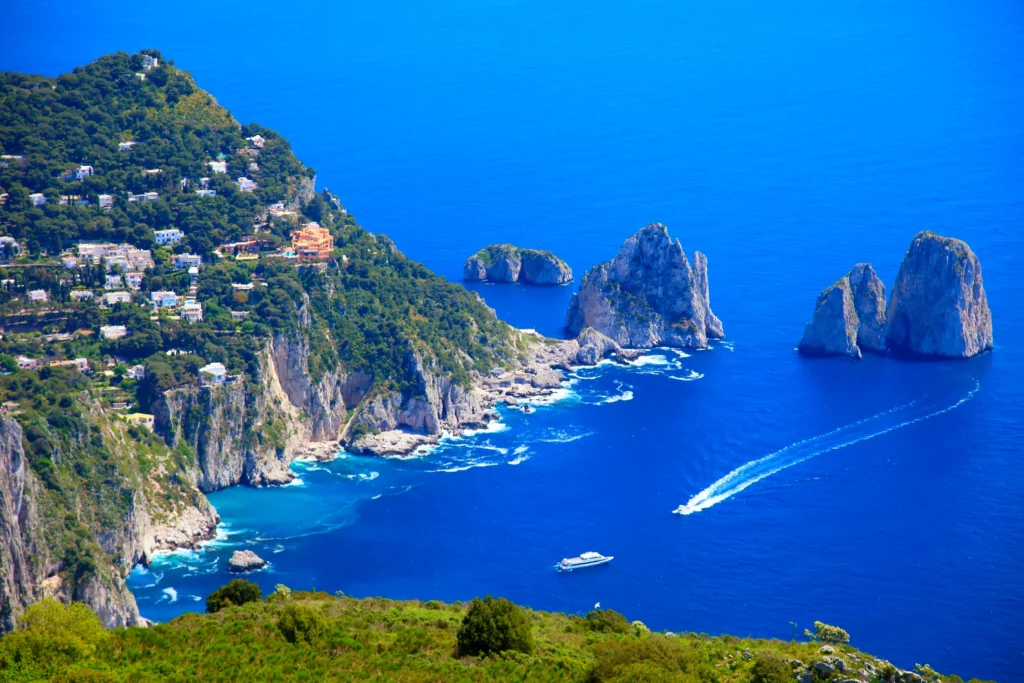Articolo di prova
When people think of Italy, bustling piazzas, art cities, and vineyard-covered hills often come to mind. But there’s another side of Italy, just as fascinating and often more authentic: the island Italy. Sicily, the Aeolian Islands, Sardinia, and many smaller isles are guardians of a distinct form of hospitality, deeply rooted in tradition and the rhythms of the sea. It’s a type of welcome that enchants, but also faces logistical and cultural challenges that can’t be ignored.
A Welcome That Feels Like Home
Travelers arriving on Italy’s islands don’t just find postcard-perfect landscapes—they’re met by people who welcome them with warmth and simplicity. In Sicily, hospitality is almost ritualistic: meals are shared, stories told, everyday life experienced together. On the Aeolian Islands, life moves to the rhythm of the sea and volcanoes, and visitors are treated like long-lost friends. In Sardinia—especially inland—a strong sense of identity is expressed through food, song, language, and craftsmanship.
It’s no coincidence that many accommodations are family-run, where hosting is seen as an extension of the home. Guests are not simply customers—they’re treated as part of the family.

The Other Side of the Coin: Challenges and Limitations
Alongside this genuine beauty come very real difficulties. Reaching some islands—particularly the smaller ones—can be complicated, with irregular ferries, high travel costs, and limited flight connections. On-island transport, especially off-season, is often insufficient, and infrastructure can fall short of the demands of growing tourism.Many islands also suffer from strong seasonality: vibrant and lively in the summer, nearly deserted in winter, with reduced services and a sense of isolation that affects both locals and business owners.
A Delicate Balance Between Tourism and Territory
The surge of tourists during peak months places strain on the islands’ resources: water shortages, increased waste, pressure on natural ecosystems. Places like Stromboli or the Maddalena Archipelago have begun regulating visitor access to protect fragile environments.But perhaps the greatest challenge is cultural: how can these islands open themselves to global tourism without losing their soul? How can the hospitality sector modernize without erasing what makes these places unique?
The Answer Lies in Slowness
More and more travelers are looking for authentic, slow, and context-aware experiences. And here, the Italian islands have so much to offer: volcanic hikes, zero-kilometer cuisine, artisan workshops, stargazing nights, and deep, meditative silences. But it requires a new mindset: better training, updated infrastructure, empowering young people, and a strong focus on sustainability.
